This idea came about after a long day of checking out some of the VR options that are out there. Many of the demos would have you simply "slide" or "glide" around the environment. This left me with a great deal of nausea.
There has to be something better.... so I looked into the options.
Most of the devices out there that allow you to walk in a virtual world require some sort of platform that you stand on and some sort of restraint system. This seemed overly complex and bulky.
None of these seamed to track your foot location in real time and appeared to work on some sort of friction system, much like standing on a giant 8 way joypad. I wanted something different.
The solution I came up with is tracking each foot using an accelerometer and relaying that data back to the computer where it is received and interpreted by a host program that sends either direct input or x-input data to the game as needed.
During brainstorming I came up with the following options:
Walking/Running: You walk or run in place, not only is this a good workout, but it lets your body have some actual motion with matching "head movement" that you are already used too. By calculating how high you lift your feet a stride distance can be calculated. This data combined with impact data and the relative position of the foot (that is how fast you run in place) can be used to calculate speed.
Jumping: This will be simply when both feet leave the ground, you hop a little forward. This data is then exaggerated to fit the game as needed. That is, a little hop in the real world can be amplified to be a huge leap in the virtual world.
Kicking: I have seen some pretty impressive devices that track your hand movement, and those devices must be very precise, foot movement however does not require this. However, since we are already tracking individual foot movement, why not add the ability to kick as well. Just be sure of your surroundings in the real world before attempting. :)
Turning: This is handled by the headset as it tracks your motion, simply face the direction you want to go. Other options could be added later such as possibly adding a "yaw" control to the device that tracks the angles of each foot off axis in order to calculate a change in direction while facing the other way... like running from an enemy in game and looking over your shoulder while you do so.
The trick is going to be to develop the software to be able to interpret the differences in how humans move their legs and then to use that data to translate those movements into a control scheme that can be used inside of virtual reality games. In just moving in place and observing those movements it became apparent that the sensors will need to be able to detect some very subtle changes. While this detection does not need to be as accurate as tracking individual fingers on the hand, it does need enough accuracy to not cause a conflict between the optical nerves and the inner ear.
I hope one day to be able to "walk" inside VR games without fear of nausea, and perhaps one day be able to go for a lovely run (with a treadmill) or a bike ride (with a stationary bike) anywhere on earth.... or on the moon :)
 ThunderSqueak
ThunderSqueak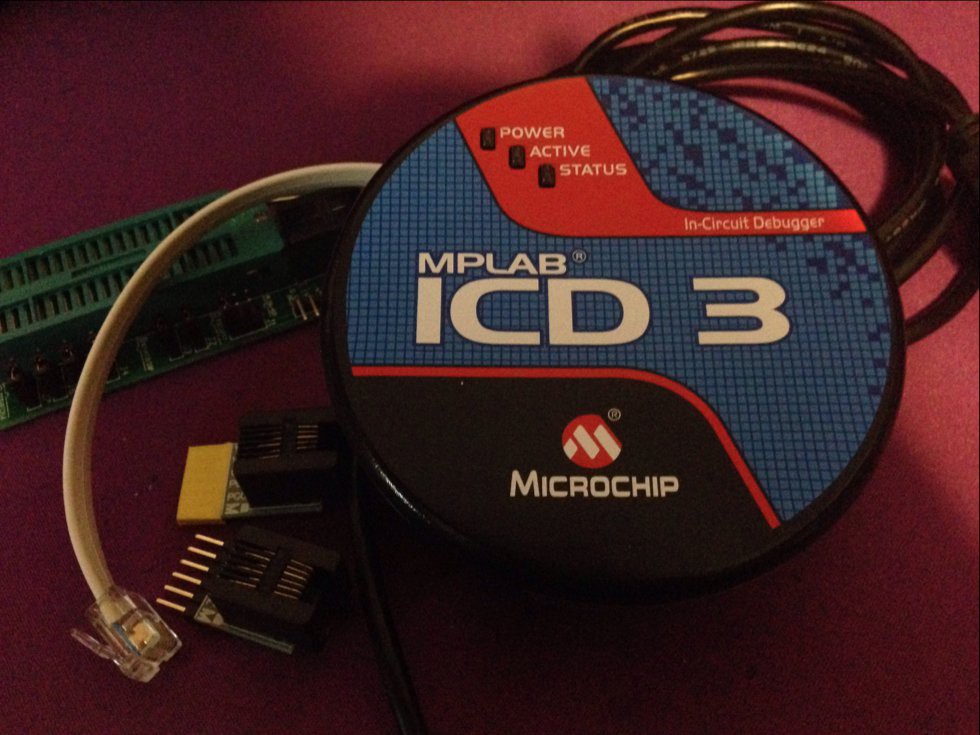
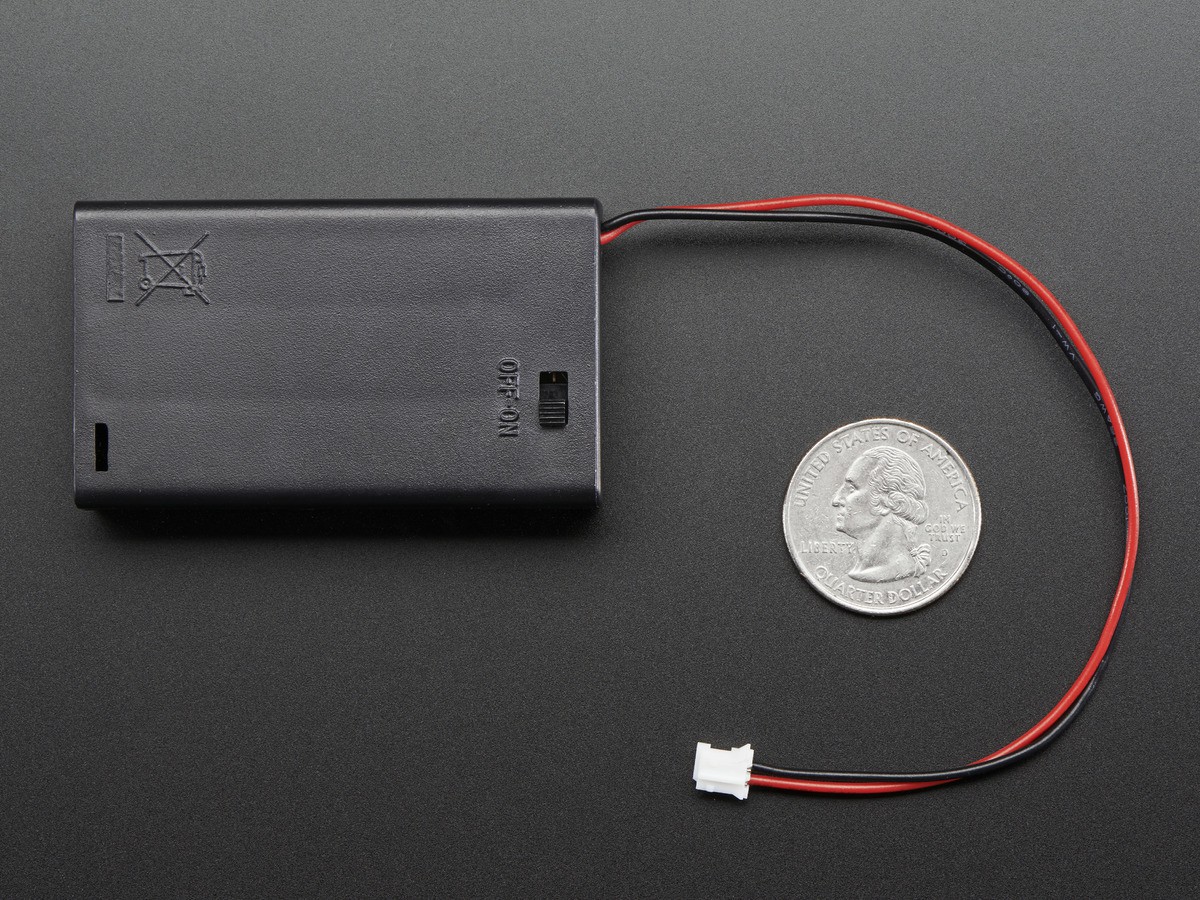
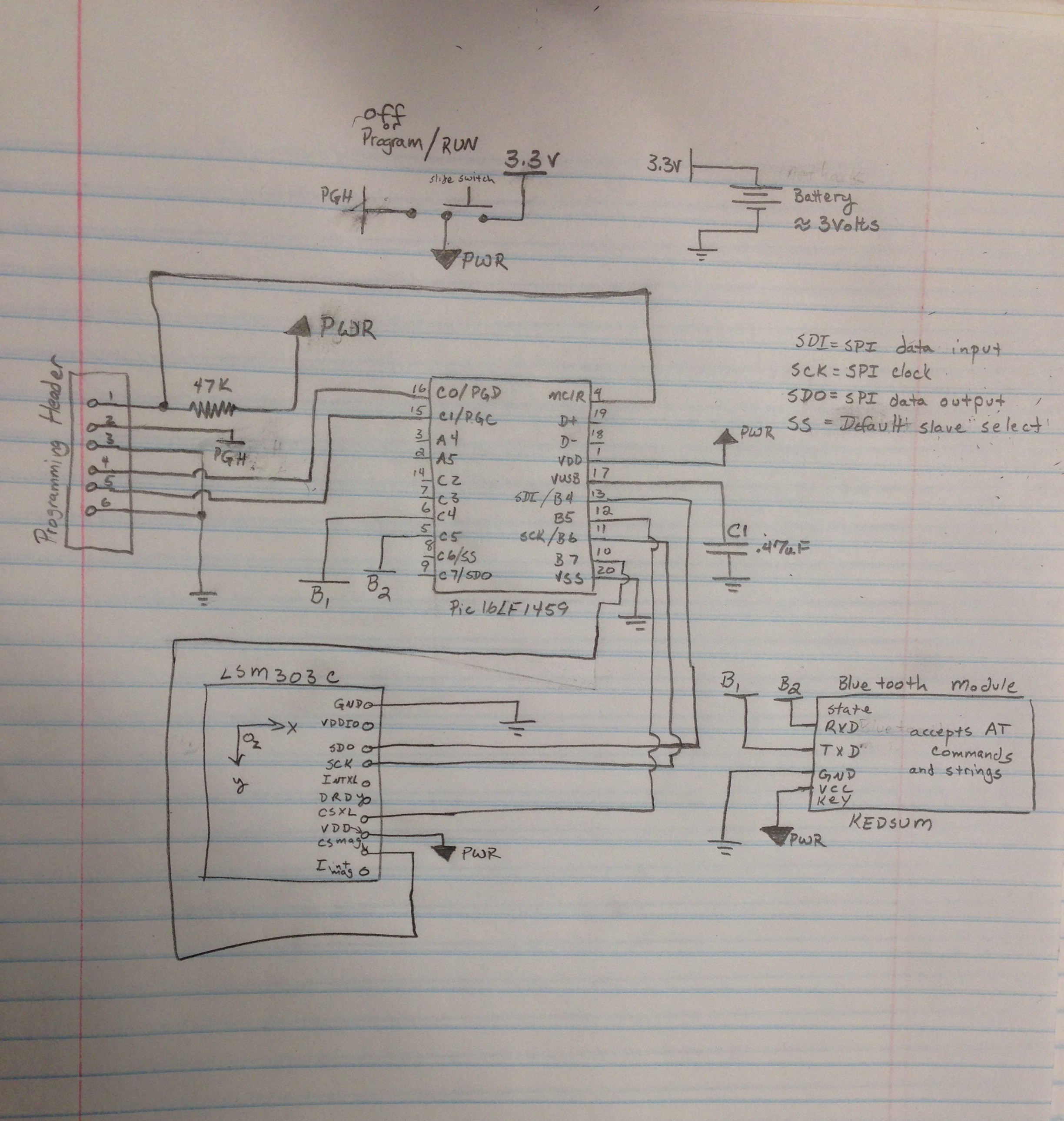
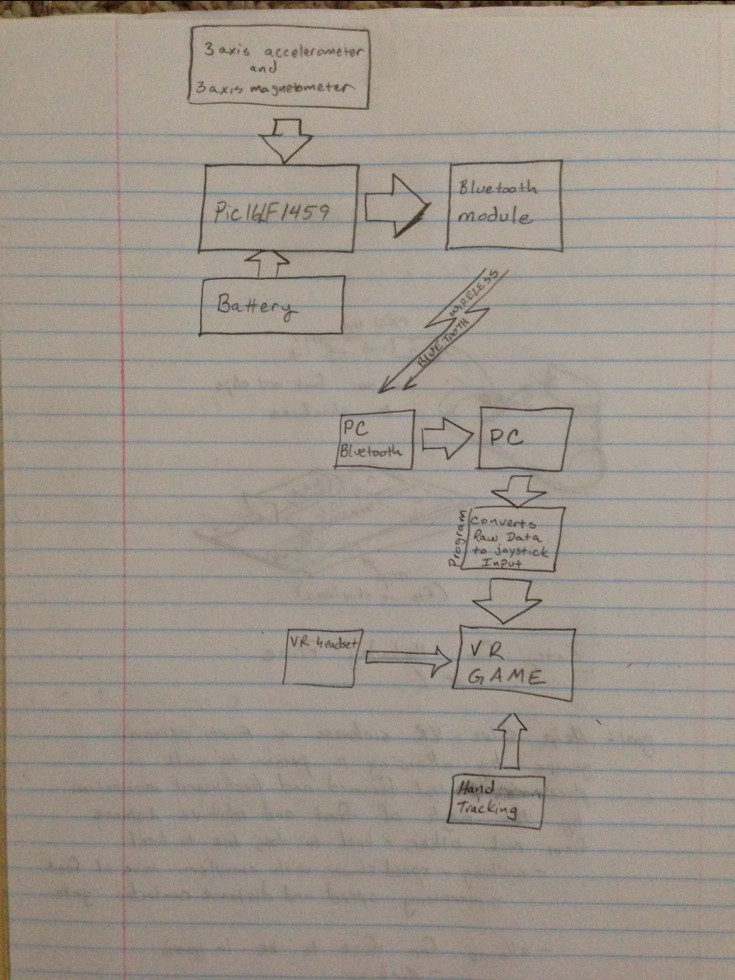
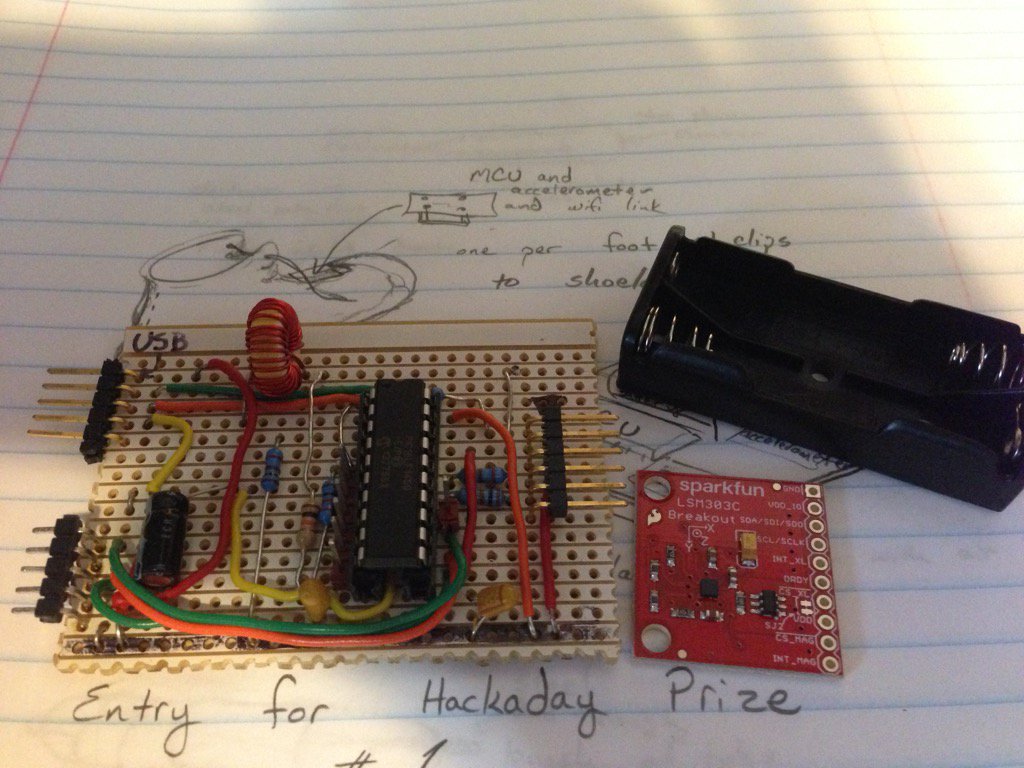




 qquuiinn
qquuiinn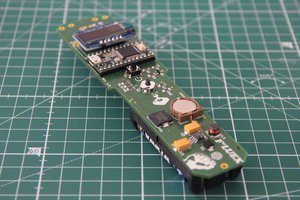
 M. Bindhammer
M. Bindhammer
 Jonathan Kelly
Jonathan Kelly
 Arya
Arya
Always enjoy your bold/challenging projects!